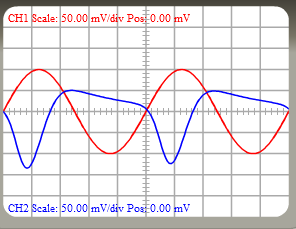Follow along with the video below to see how to install our site as a web app on your home screen.
Note: This feature may not be available in some browsers.



You didn't tell a specification of "right output" or what you calculated at all.will you suggest me the basic steps for design so that i could get right output both in frequency as well as in time domain..i think i am doing some mistake in calculation..
Can you suggest me the way ,,input and outpur waveform in time domain are not in phase..